Mitch Epstein and the Measure of Power
Issue 229 — Exploring how his photographs balance beauty, consequence, and the modern American landscape.
*Unless otherwise noted, all photographs are the copyright of ©Mitch Epstein.
A week or two ago, I saw a YouTube video by the photographer Tatiana Hopper featuring the work of photographer Mitch Epstein. Until her video, I had never heard of him. I was especially intrigued by his work and henceforth did a deep dive, trying to learn all I could about him.
Mitch Epstein has spent over five decades photographing America in a way few others have—quietly, critically, and with immense visual precision. Born in 1952 in Holyoke, Massachusetts, he studied at Cooper Union and later at the Rhode Island School of Design, where Garry Winogrand mentored him. From the beginning, Epstein was drawn to the uneasy balance between people and the environments in which they live. His photographs often sit at the intersection of industry, nature, and culture—revealing both the power and fragility of American life.
Over the years, Epstein has created several important bodies of work. Family Business (2003) examined the collapse of his father’s furniture store in the declining industrial town of Holyoke, exposing how economics, pride, and family loyalty intersect. His series, American Power (2009), explored the country’s energy infrastructure and its relationship to the environment, revealing how the pursuit of power—both electrical and political—shaped the American landscape. Later, with New York Arbor (2013), he turned his lens toward the quiet endurance of trees throughout New York City, capturing their resilience in an urban setting. Each project extends his deep interest in how human ambition leaves its mark on the physical and social terrain.
Many of Epstein’s photographs—both color and black-and-white—are striking not for what they dramatize, but for what they quietly observe. In one image, a group of high school football players runs drills on a muddy field while a coal power plant looms behind them, its smokestacks rising like sentinels of a different kind of endurance. The contrast between youthful energy and industrial might feels distinctly American—hope and consequence captured in a single frame.
In another photograph, modest homes sit in the shadow of those same cooling towers, their backyard gardens and white picket fences dwarfed by monumental concrete forms. Epstein isn’t lecturing the viewer; he’s demonstrating how progress becomes embedded in everyday life. The scene feels almost ordinary—until you realize how small human presence becomes beside such engineered power.
His view of America extends beyond West Virginia or the power grid. In a California image, a massive refinery dominates the horizon, adorned with an oversized American flag. It’s both patriotic and ironic—industry as national iconography.
A few photographs later, we’re somewhere quieter: a lonely gas station enveloped in fog, its rusting pump standing like a relic of mid-century optimism. The image feels suspended in time—beautifully composed, yet haunted by a sense of abandonment.
Epstein’s work has always navigated a delicate balance between grandeur and intimacy. A woman sits near a weathered phone booth by the sea, reading a book. The air feels damp; her shoes are off; the world around her seems paused.
Another picture from the 1970s shows a man sunbathing on a cot beside his car, the World Trade Center towers stretching skyward behind him. Both images speak to solitude amid the sprawl—moments of stillness within the machinery of modern life.
When Epstein turns his camera on cities, the results are no less profound. His black-and-white studies of New York’s parks and waterfronts—rocks, water, people scattered in quiet reflection—have a monumental calm. Even the city skyline, framed by massive clouds, feels less like an architectural statement and more like an ecosystem of human ambition. He sees geometry and rhythm in both nature and steel.
Later, in his European work, Epstein continued to explore how memory occupies physical space. Photographs of Berlin show the tension between history and redevelopment—the regimented concrete slabs of the Holocaust Memorial stretching endlessly, the sterile façade of a former prison softened by a small rose garden, the ghost of the Cold War lingering near Checkpoint Charlie. His framing is deliberate and restrained, as if acknowledging that beauty and tragedy can coexist in the same frame.
What makes Epstein’s photography so compelling is that he doesn’t preach or romanticize. He observes. He gives form to contradictions: progress and decay, pride and loss, control and vulnerability. His photographs reward slow looking. They invite you to consider how your own surroundings—your neighborhood, your skyline, your daily routines—are part of a larger story about power and place.
As photographers, there’s much to learn from his patience and precision. Epstein reminds us that meaning often hides in plain sight. The challenge isn’t to find extraordinary scenes, but to recognize how the ordinary already reveals who we are.
Some of the Places You Can Find Me:
My Website: https://www.anthonymorganti.com/
My YouTube Channel: https://www.youtube.com/@anthonymorganti


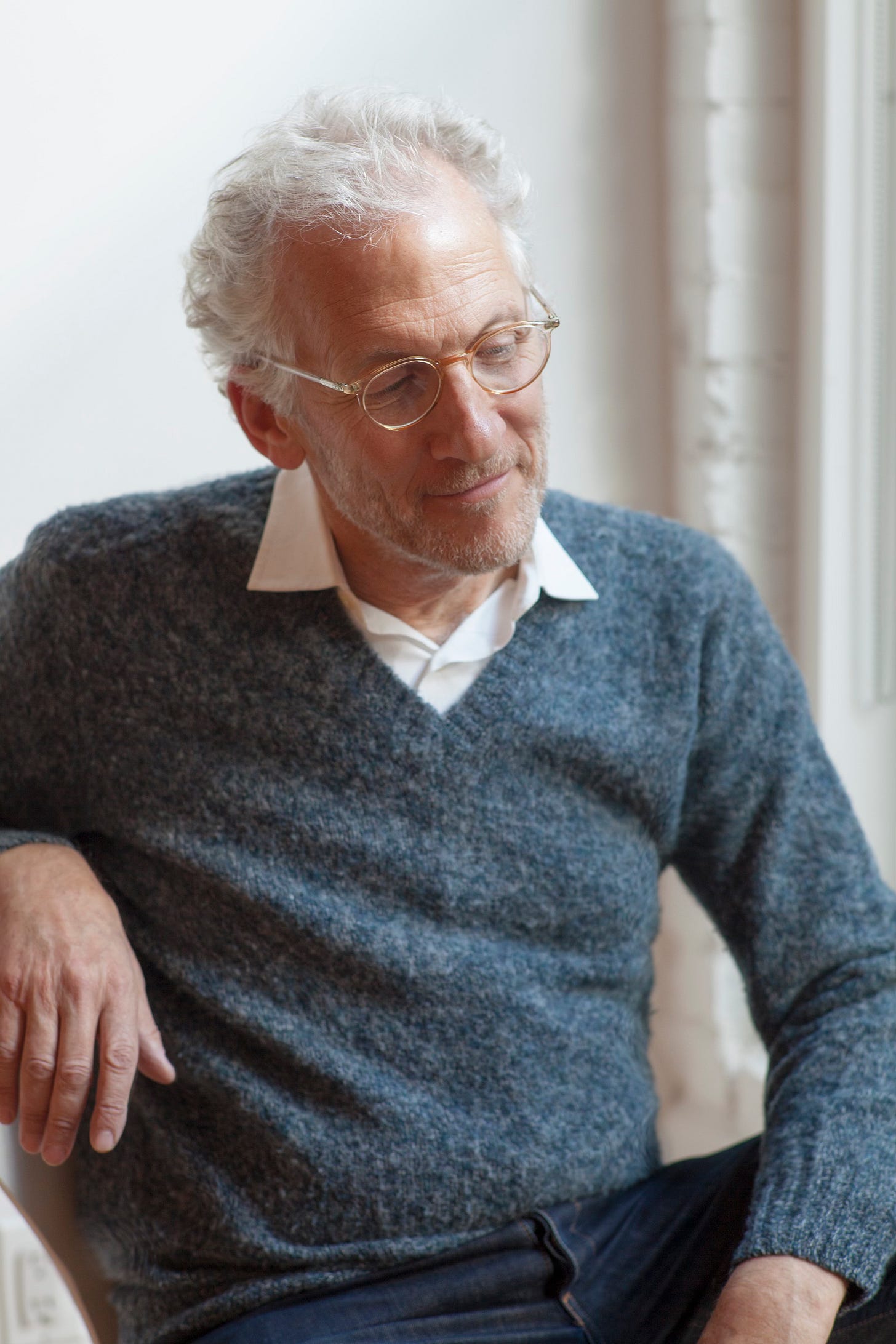
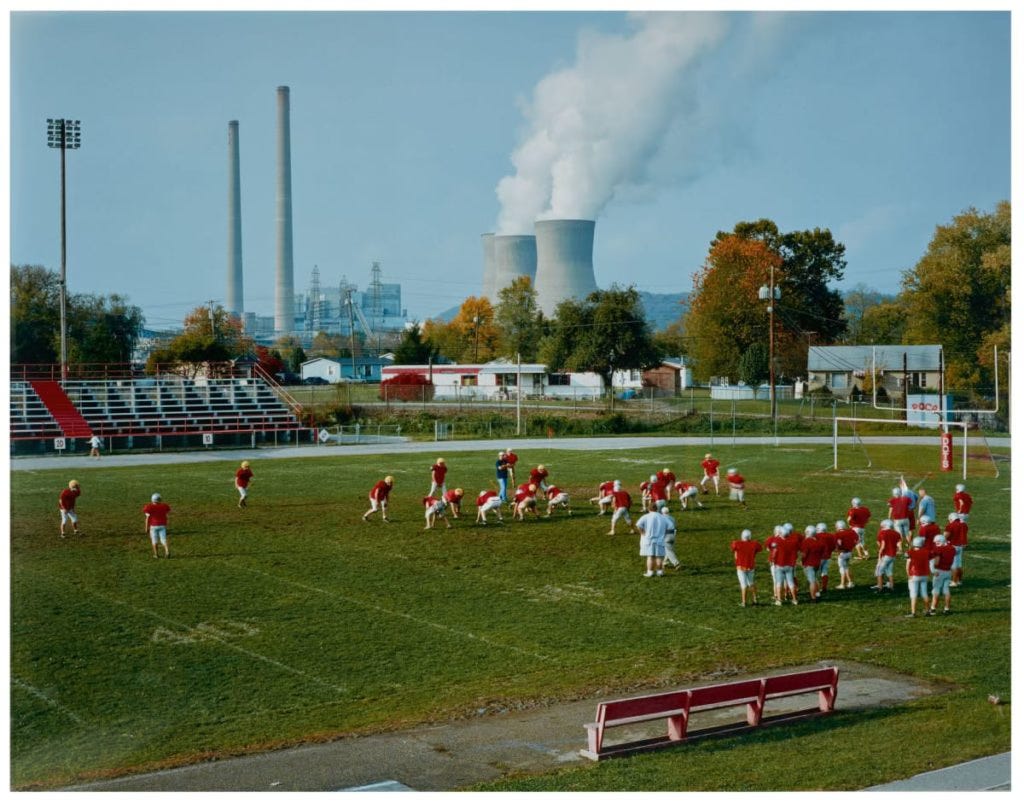
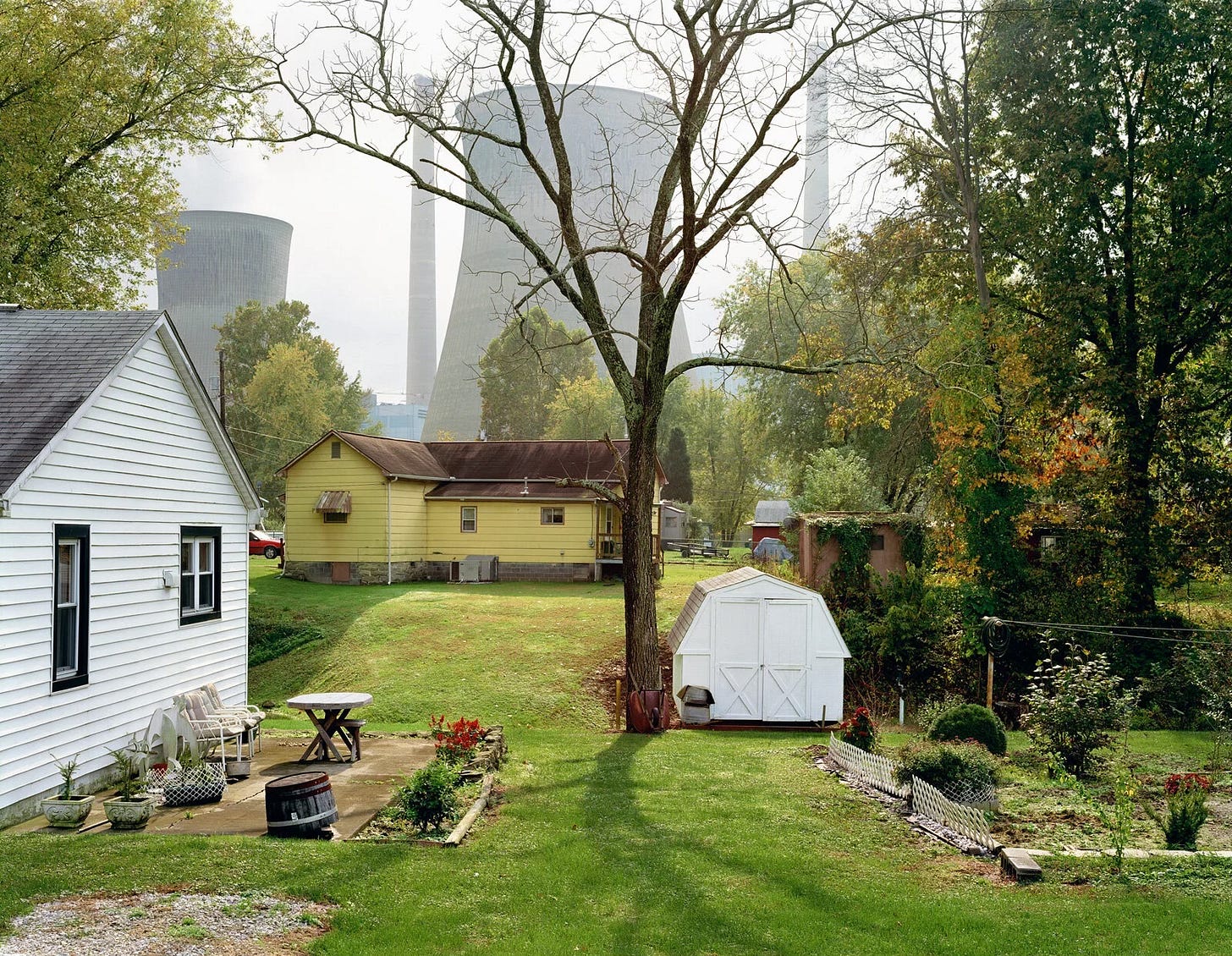
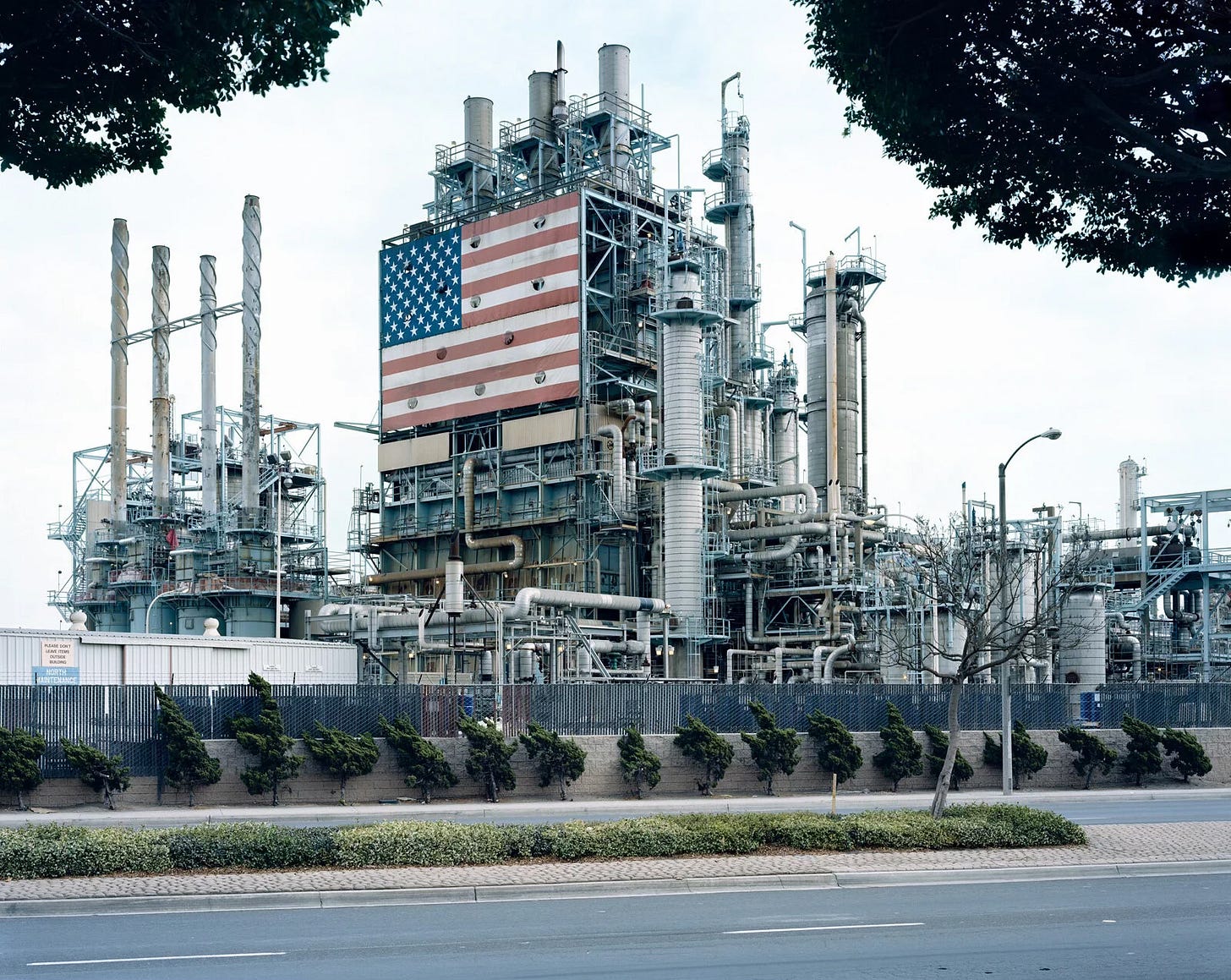


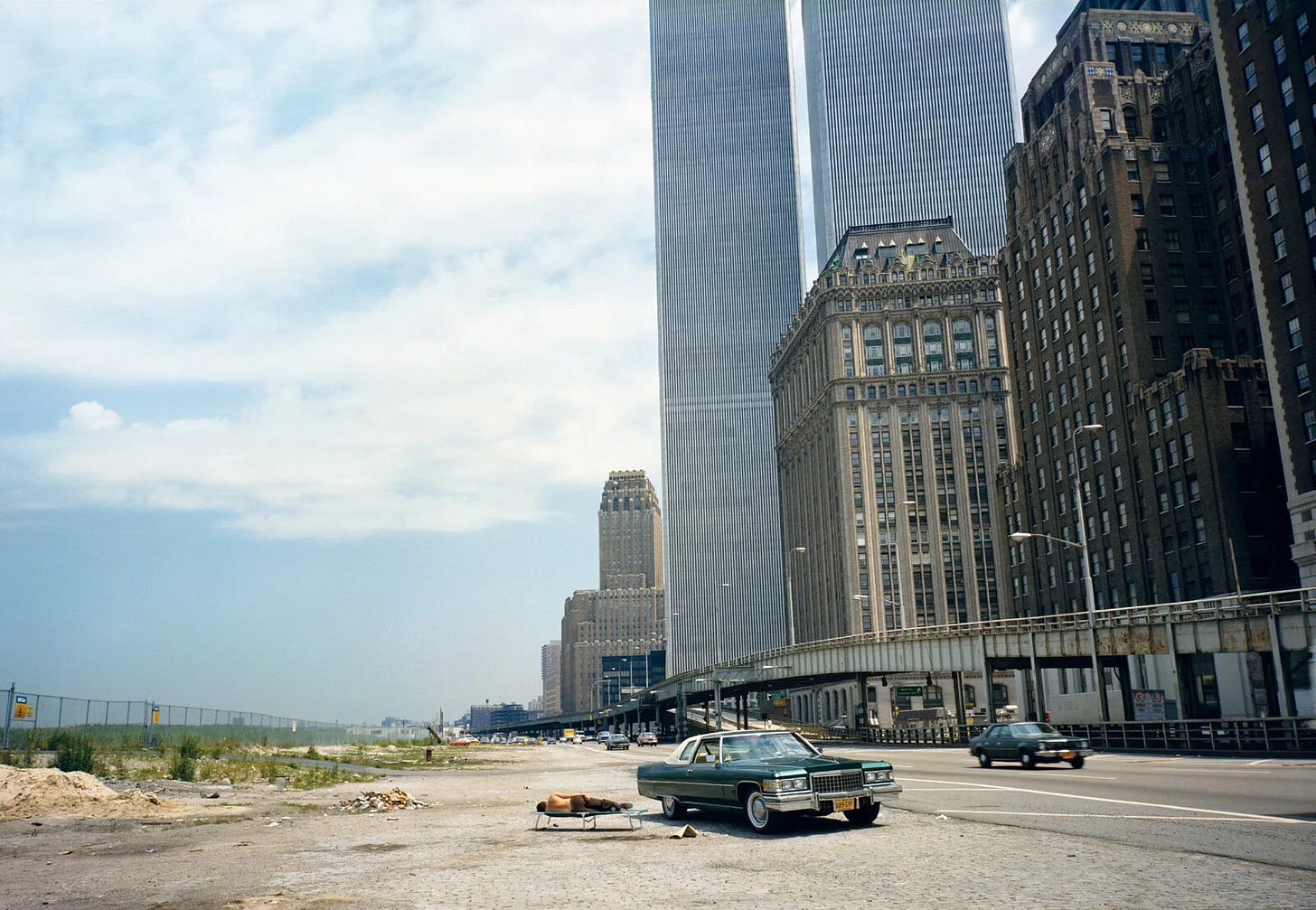

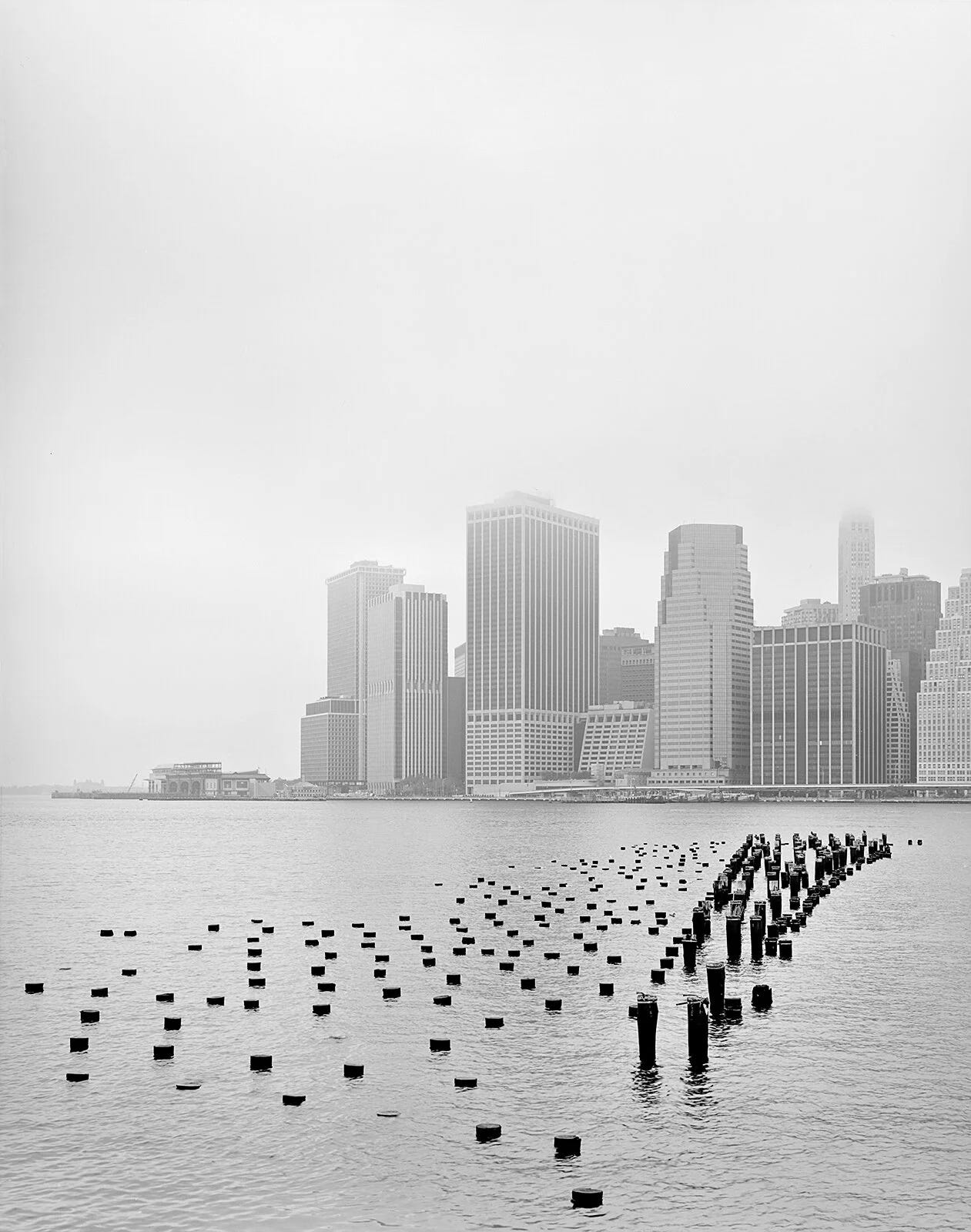


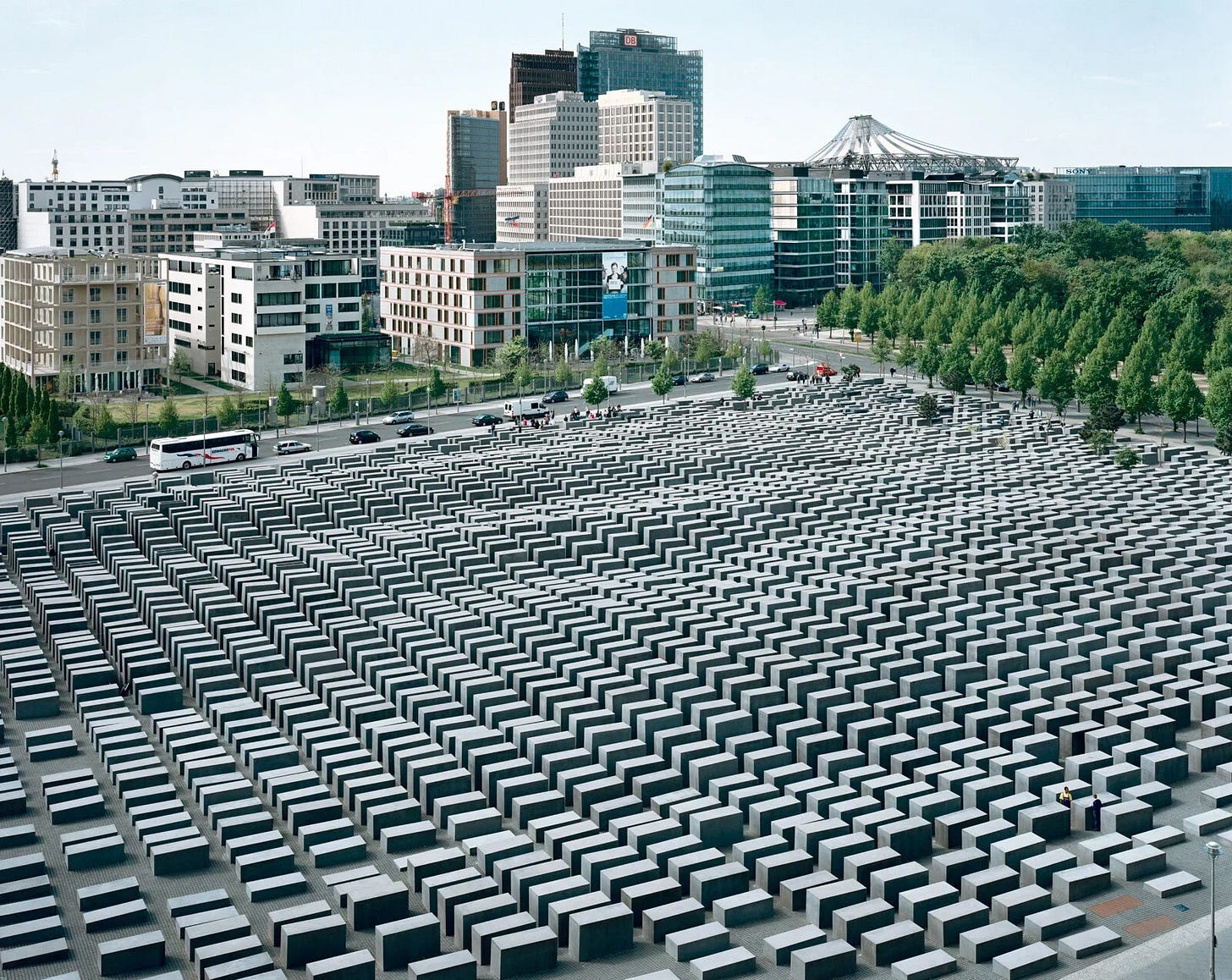
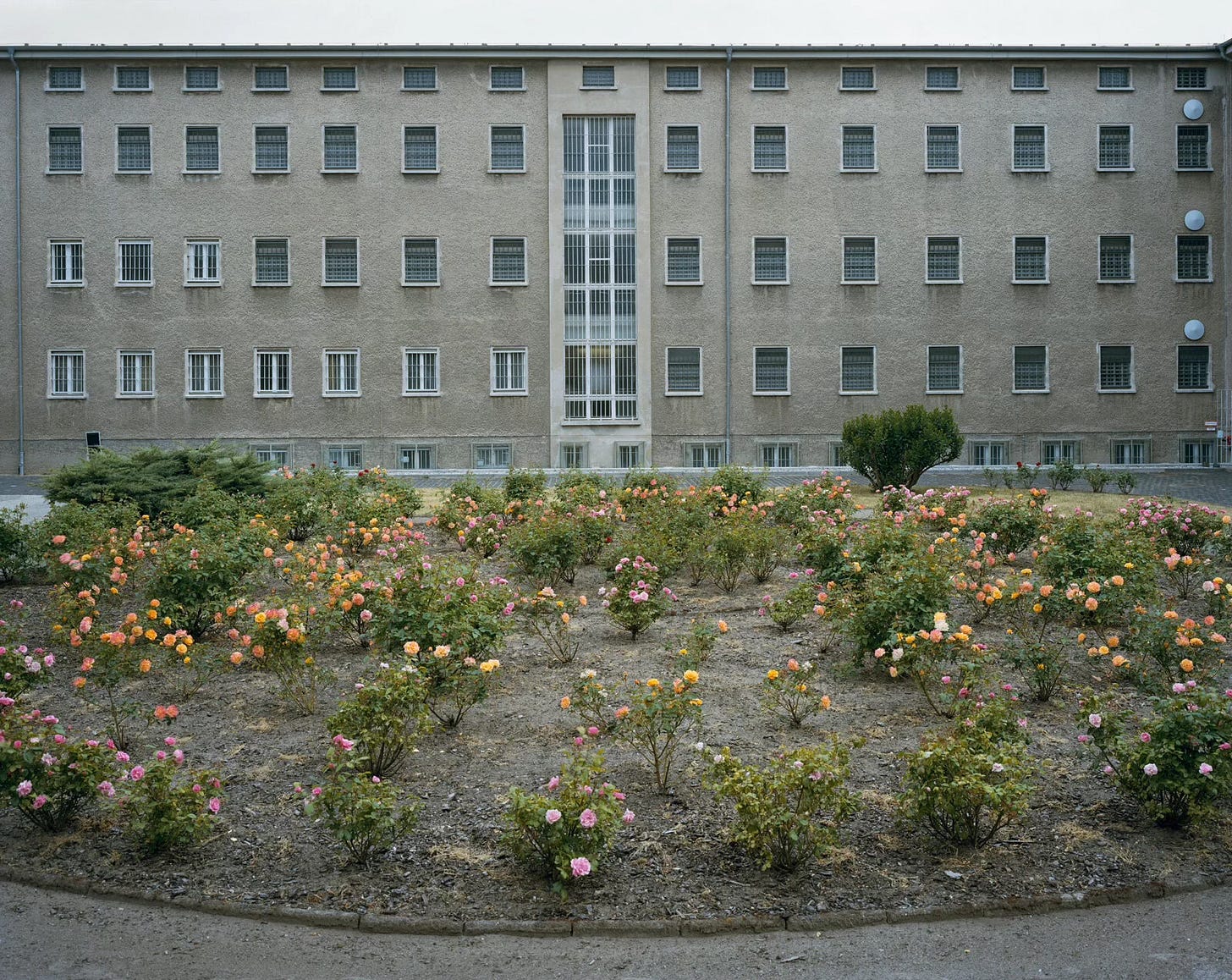
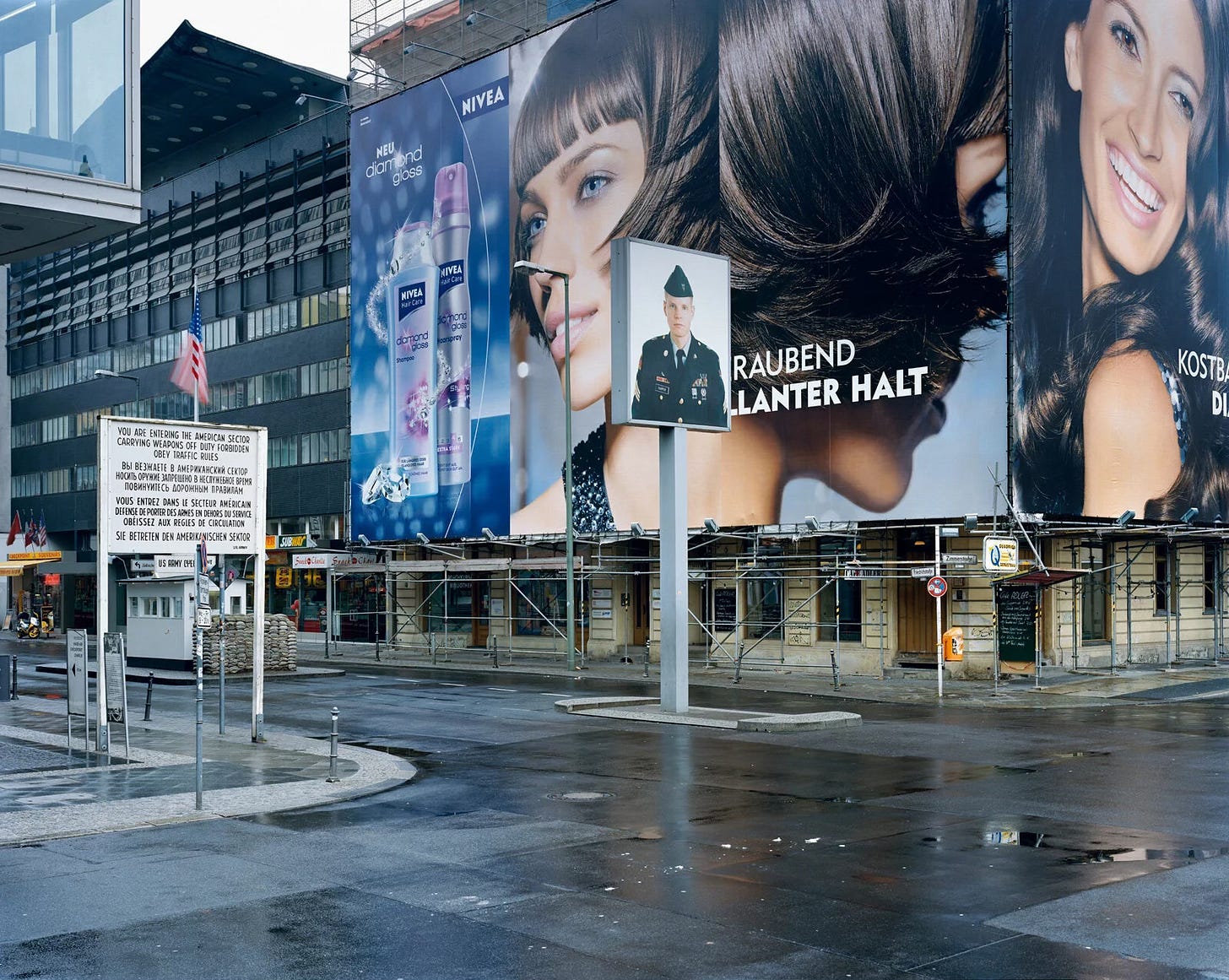
He is an interesting photographer. There are a handful of contemporary photographers who photograph in a similar style. I think a great many are beautifully executed and sometimes even profound. Some is timeless, some very much time-stamped. To me he moves between historical record and just a great eye. It is a mix, and maybe that is the right formula to show us America through his lens.
These images are well selected and worth sitting with for a while. Thanks for writing up, Anthony. This is great stuff.